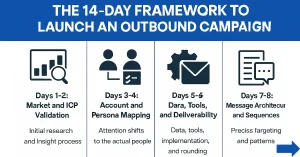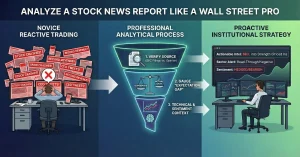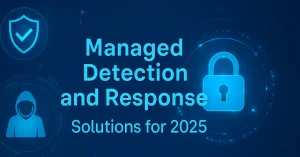How SEO Enhances Brand Reputation in Today’s Digital Landscape
Brand reputation is everything in today’s digital world. People search for you online before they trust you. They compare you with your competitors. They check your reviews. They look at your website. If you don’t show up at the top, someone else will. This is why understanding how SEO impacts your brand reputation is not […]










